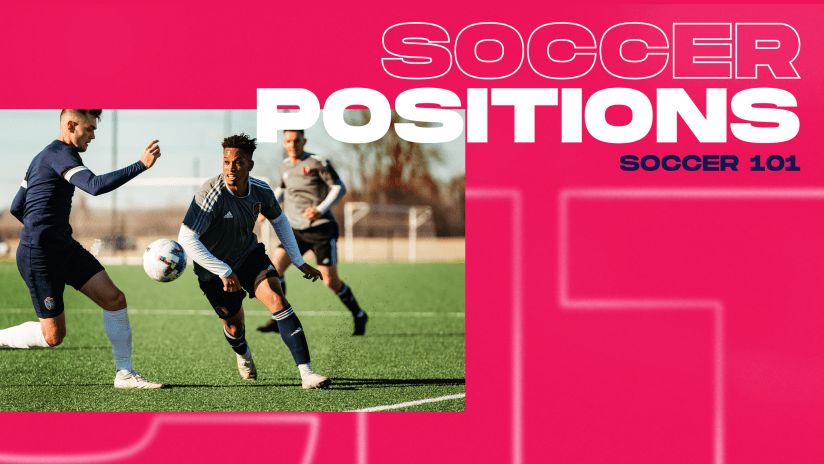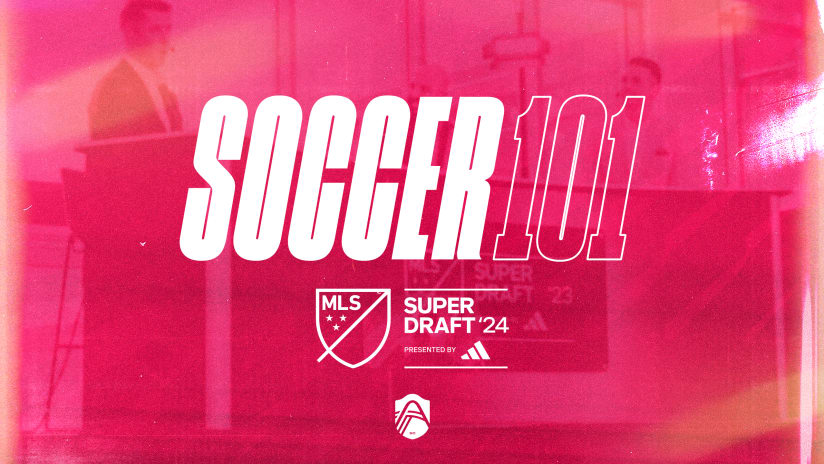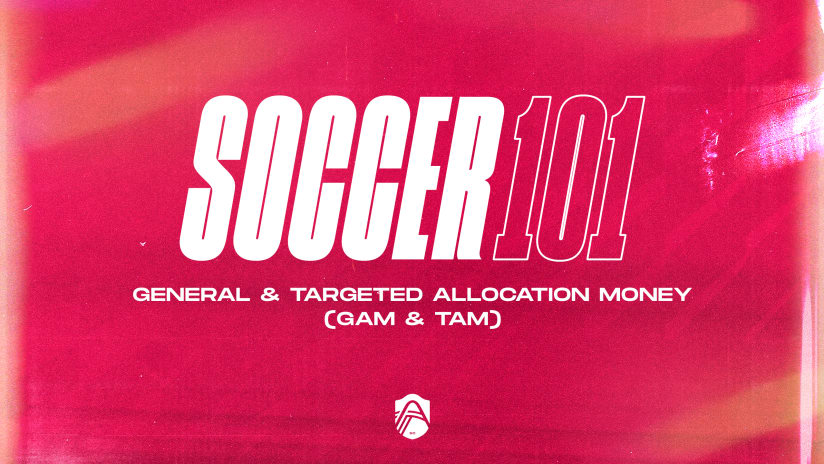Written by Zach Lowy | Co-founder & Lead Writer at BreakingTheLines.com
Soccer is the world’s most widely played and most-watched sport, and with Major League Soccer (MLS) set to expand to 30 teams in 2023 and with the United States due to host the 2026 FIFA World Cup alongside Mexico and Canada, it’s fair to say the sport has taken root in North America. Learning the ins and outs of soccer, which players occupy which roles, and how to play the game is an essential prerequisite when it comes to catching the soccer bug.
THE GOALKEEPER
There are eleven players on each team, including the goalkeeper, who is the only player on the pitch who is allowed to touch the ball with his hands. Goalkeepers wear a set of gloves and a differently colored jersey to that of their teams to distinguish their role in preventing the other team from scoring with their hands, although they are unable to handle the ball outside of their 18-yard ‘goal box’ and cannot pick up back passes from their teammates with their hands either.
CENTRAL DEFENDERS
Playing just ahead of the goalkeeper are two to three central defenders, or center backs, whose main duties lie in winning 1v1 duels in the air or on the ground, making crucial tackles, headers, and interceptions, and above all, preventing the opposing team from getting off a shot on target. They are supported by two defenders on either side, who are tasked with winning the ball back and preventing the opposing wide forward from getting into dangerous scoring positions, but who also charge up and down the wings and combine with their teammates in attack.
FULLBACKS
These wide defenders are typically referred to as ‘fullbacks’ or ‘right back’ and ‘left back’ when playing alongside two center backs. However, managers will often choose to play three center backs rather than two with the intention of protecting their own box, preventing the other team from getting into dangerous positions, and allowing their team to enjoy a numerical superiority when building possession. In this case, the wide defenders may be referred to as ‘wingbacks’ or ‘wide midfielders’ depending on where they are positioned on the pitch. A team that comes into the game with the purpose of soaking up pressure and defending deep will often decide to pack the majority of the players into their team’s own half or ‘park the bus.’
MIDFIELDERS
Moving on from the defense, teams will typically play anywhere from two to five midfielders, who are tasked with a wide variety of roles from breaking up attacks to driving forward with the ball to making lung-busting runs into the opposing team’s penalty box. These midfielders can be classified into a variety of distinctions such as ‘box-to-box midfielder’ or ‘holding midfielder’ or ‘attacking midfielder.’ For example, a holding midfielder may be in charge of staying back to protect the defense, tackle and break up play, and help evade the pressure from the opposing team and allow his side to build up possession. On the other hand, a box-to-box midfielder will be tasked with tracking back to help defensively, block shots and make tackles, but unlike holding midfielders in most cases, they will have the liberty of dribbling forward with the ball, linking up with the forwards, and making lung-busting runs into the opposing team’s penalty box.
ATTACKERS
The attack will often consist of two wide forwards, or wingers, and one or two central forwards or strikers. One of the most common formations in soccer is a 4-4-2, in which there are exactly two central midfielders, two center backs, two wide midfielders, two fullbacks, and two central forwards or strikers. Wingers will often be tasked with charging down the sides of the pitch, or wings, whipping in crosses, linking up with the fullback, or dribbling inside towards the box before attempting a shot or a pass or a cross. Strikers, on the other hand, are responsible for scoring goals, creating separation from their marker, latching onto crosses in the box, and winning headers, although they have a variety of other jobs as well such as pressing the defender in possession (or on the ball), holding up the ball amid pressure from other players and dishing it off to another forward, and dragging defenders out of position with cunning movement.
SHIRT NUMBERS
Apart from the goalkeeper, who will often wear the number #1, the manager is free to divide the remaining ten outfield positions into any given formation, such as a 4-3-3 (4 defenders, 3 midfielders, 3 attackers), or a 3-5-2, or a 5-4-1, and so on. The central forward will often wear the number #9, while the #10 is often reserved for the creative talisman of the side, such as Lionel Messi, Ronaldinho, Diego Maradona, Arjen Robben, Neymar, Pelé or Zinedine Zidane. Each manager can name up to seven substitute players and can make up to three substitutions during any given point in the match; however, the International Football Association Board (IFAB) announced in May 2020 a new rule to allow managers to use five substitutes rather than three in an attempt to support player welfare during the COVID-19 pandemic and diminish fixture congestion. This rule has been temporarily extended until December 2022.
Soccer is far from the simplest game to understand, but it’s still possible for anyone to learn the rules and positions and become hooked on the most popular sport on planet Earth.





